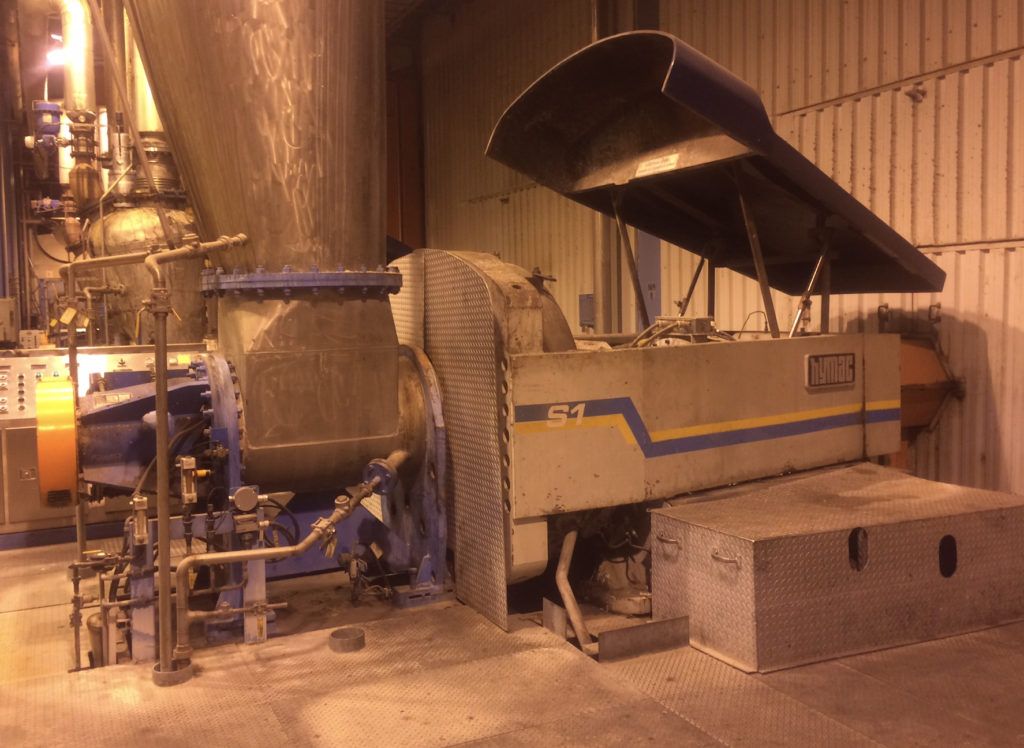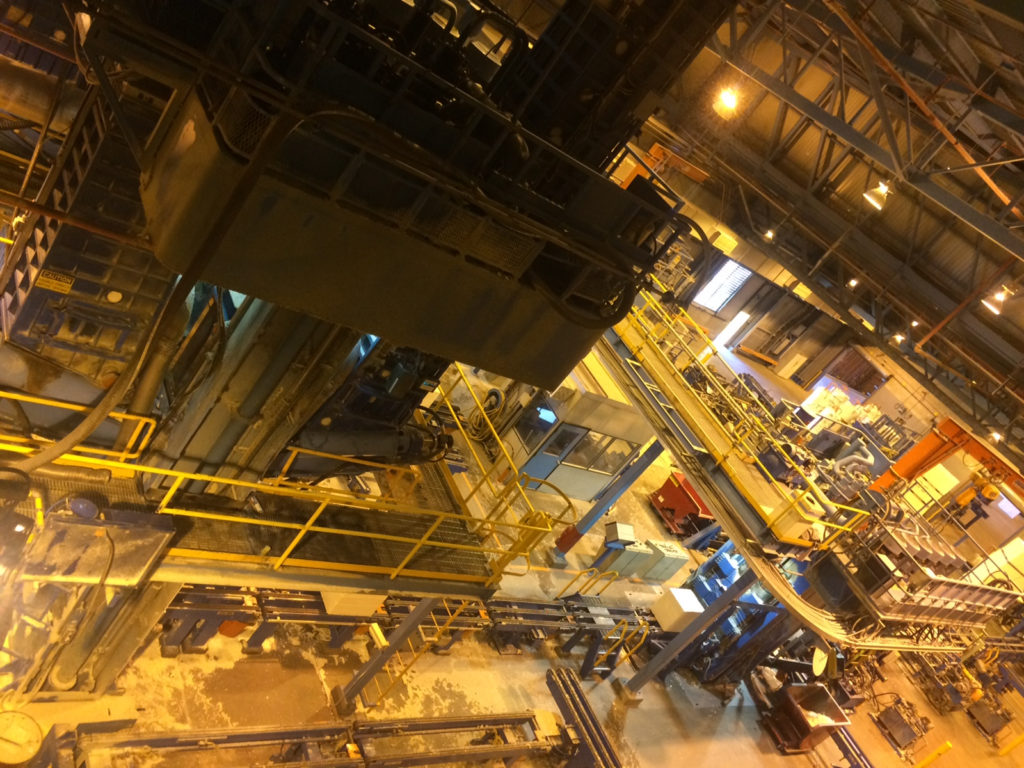How It’s Made: Bleached Chemi-Thermomechanical Wood Pulp
September 7, 2017 2:18 pm Leave your thoughts
Today we are going to follow alongside a woodchip as it transforms into the wood pulp that we use abundantly throughout the world. Before I start I’d like to give thanks to Brian Perron for sitting down and hammering out some of the finer details with me, it is very appreciated.
Millar Western Pulp is an extremely unique mill in the sense that we have the technology and expertise to make any grade of hardwood or softwood pulp, or even a combination of the two. This capability allows us to produce products for a wide range of buyers across the world.
Step 1: Starting with Wood Chips
- Millar Western can use both hardwood (trees with leaves), and softwood (trees with needles) depending on the customer’s order. We get our hardwood debarked and chipped onsite, while we get our softwood from the Millar Western Sawmill and other mills in the area.
- The chips get put onto the main chip belt that pulls them an eighth of a mile up to the 6th floor. On their way, they pass through what is called a ‘scalping screen’ that washes and cleans off any large pieces of dirt that got picked up.
Step 2: Storage and Chemical Impregnation
- Next up for the wood chips is a series of storage bins where heavy steaming and chemical soaking softens them into a consistency that can be refined.
- All chips get dropped off the main chip belt into APS 1 where they are steamed and cleaned. APS 2,3,4 bins are where the chemicals that ease refining are used. These bins can be bypassed as some grades only need 2 stages of chemicals. The chips from APS 1 get pulled from the bottom of the bin an dropped in the top of APS 2 by way of a plug screw feeder (basically a big ice auger). These feeders squeeze the water out of the chips, so when they hit the new bin, they suck in chemicals (bisulphite, caustic) much like if you were to squeeze a sponge, the absorbency increases as it expands.
- The APS 5 bin is used to steam and retend H20. It is also called the pressurized steam heater because it heats up the contents to make refining easier.
Step 3: Refining
- Millar Western uses a combination of 7 engines to refine over 1000 tons of pulp daily. These refiners each have roughly 12,000 HP. Their main job is to act like a really fine cheese grater for pulp, which turns soft wood chips into wood fiber.
- From refining, the fiber gets sent through screening and cleaning, where any unrefined fibers get sent back through the system to the rejects refiner. The cleaners ensure that any sand from refining is taken out of the system.
Step 4: Storage and Bleaching
- The slurry (wood fiber and water) now gets sent through the disk filter, which removes the water from the pulp, leaving it at around 10% consistency. It travels onward to the HID (high-density storage) which is just a big holding tank for between 8 and 10 hours of pulp flow. The design allows the mill to continue producing finished bales for a couple hours if there is ever a breakdown in the front end of the mill.
- Once the pulp is pulled from the HID, it travels back to the 4th floor where large thune presses squeeze out any extra residual liquid picked up from storage. The pulp continues its travels to the P1 tower where it sits bleaching for roughly an hour. The pulp can sit for longer depending on how bright the customer wants it to be. After the P1 tower comes the dewatering press (DWA) which removes more water while having the ability to add more chemicals if need be. The pulp is transferred to the P2 tower at a consistency of around 30% (to put into perspective, a wood branch is roughly 40%).
Step 5: Drying and Finishing
- The 30% consistency pulp from the P2 tower makes its way to flash drying where a 230°C wind tunnel pushes the fluffy pulp to the top of the finishing line.
- Since we ship pulp in bales that are roughly 200kg, the light fluffy pulp needs to be heavily compressed. The bale press applies 150,000lbs of pressure forming a solid bale of pulp that is easy to wrap, wire, and ship anywhere in the world.
MM


